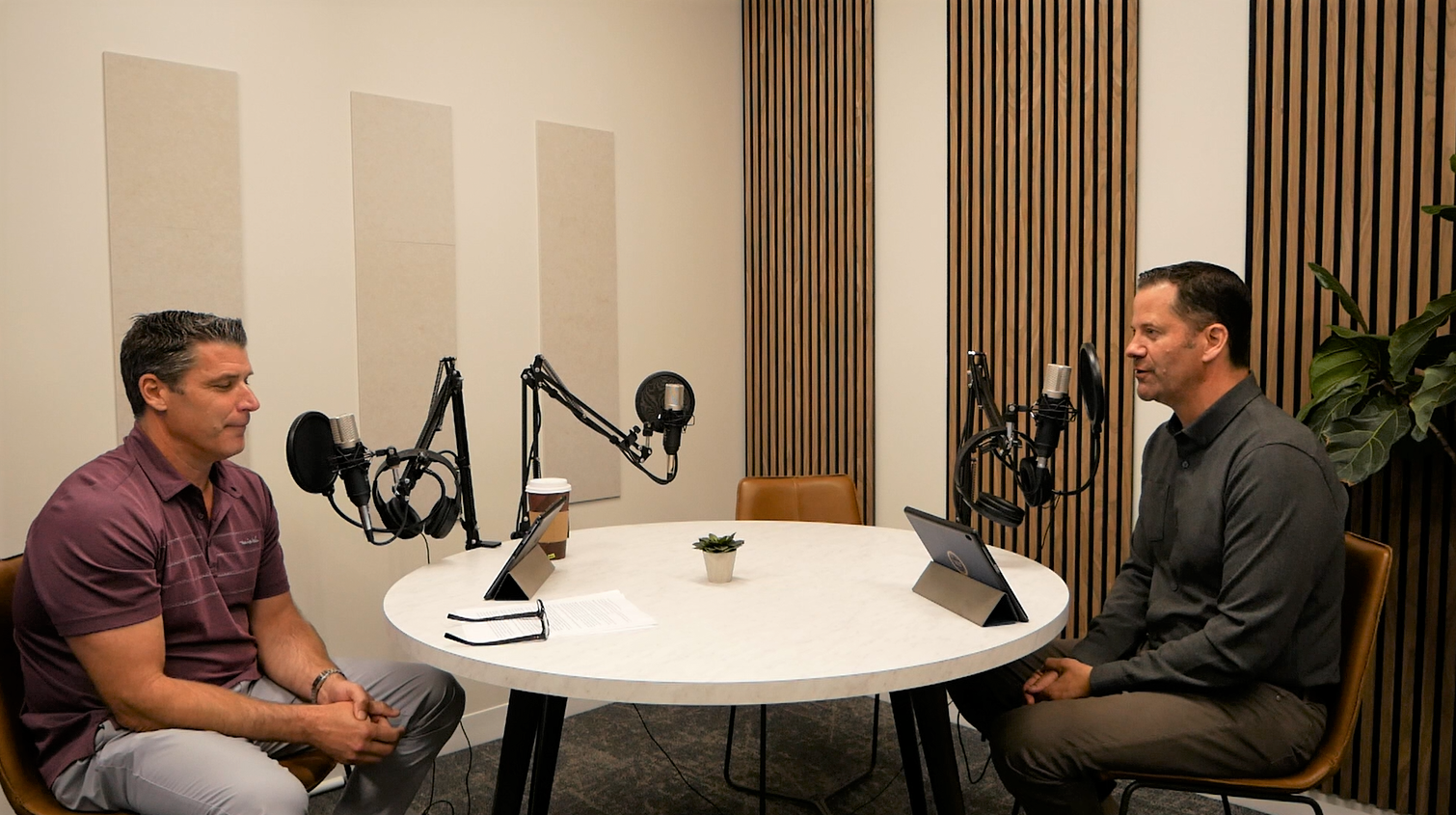Ep. 319 A Deeper Dive Into Professional Liability
Rancho Mesa's Vice President of the Construction Group, Sam Clayton and Executive Vice President Daniel Frazee discuss professional liability.
Show Notes: Subscribe to Rancho Mesa's Newsletter.
Director: Alyssa Burley
Producer/Editor: Megan Lockhart
Host: Sam Clayton
Guest: Daniel Frazee
Music: "Home" by JHS Pedals, "The DeLong Incident" by Craig MacArthur
© Copyright 2023. Rancho Mesa Insurance Services, Inc. All rights reserved.
Transcript
[Introduction Music]
Sam Clayton: Welcome everyone and thank you for joining us. I am Sam Clayton, Vice President at Rancho Mesa and we are back once again with my fellow Agency Principal and Construction Group leader, Daniel Frazee. Welcome Dan!
Daniel Frazee: Thanks Sam, excited to be hear and dive into this new topic.
SC: Great, I wanted to continue our conversation on General Liability policies and move deeper into another key exclusion that we often see as we negotiate terms and conditions on behalf of our clients and prospective clients. Can you explain to the listeners what Professional Liability is and why, similar to the Pollution Liability, which we discussed in our last episode, is excluded on General Liability policies.
DF: Sure, you know, Professional Liability insurance extends coverage, as you know, to contractors and builders for construction errors related to consulting and design/build services not covered by GL (general liability) policies. It can include coverage for mistakes or errors made by the contractors as well as those made by third parties hired by the contractor like architects, engineers, or other vendors. Professional liability is excluded on GL policies because they do not address economic loss or other issues of what is often called “vicarious” liability such as Faulty Workmanship or Rectification or Mitigation Damages.
SC: Thanks, Dan. Yeah, that’s really appropriate. You know, the last 20-30 years we’ve seen a move from the traditional Design/Bid/Build process to more of a Design/Build process. So, with that said, what types of Contractors typically have Professional Liability exposure and for what reasons?
DF: Well, that’s a bit of a loaded question as the exposure we’re talking about can reach quite a few different types of Contractors. I would say any contractors that have design professionals on staff, have any type of incidental design responsibility or regularly hire architects or engineers. Within our Construction Group, I would say, the most common trades we see who carry Professional Liability are mechanical, electrical, and plumbing contractors. We also see other trades like glaziers and roofers with this exposure depending on their operation and then most certainly as you mentioned, Design/Build General Contractors and/or Developers.
SC: Really appreciate that summary. As our contractors look to fill this gap in coverage, what specific options can they look at when it comes to securing a stand-alone professional liability policy?
DF: Well, unlike GL coverage forms, Contractors Professional Liability policies have varying definitions. And I think inside that, they have different coverage forms. So, “professional services” quote on quote can be very narrow or broad, depending on the carrier that you’re considering. We recommend internally that these forms include clear definitions for Design Errors, Vicarious Liability (as mentioned before), and Construction E&O (errors and emissions). You know, in our experience, I think these policies are written on claims-made forms- we talked about that in prior episodes- and rated off of Gross Sales, including any revenues derived from OCIP or Wrap work. We touched on that last time. Obviously OCIP and Wrap can extend to general liability and workers compensation but much like the GL, these OCIP or Wrap policies are going to exclude professional liability.
SC: That’s a great point, Dan. As we wind down this topic, can you run us through a claim example or two that would be applicable to Contractors and this exposure?
DF: Sure. You know, we’ve experienced a claim in one scenario arising from one of our mechanical contractors who subcontracted the design of a ventilation system to a mechanical engineer. So, that engineer- the mechanical engineer- built specifications for what ended up being an inadequate system and our client was held liable to replace the underperforming system. So, the mechanical engineer had E&O coverage, but their limits were inadequate. And our client’s general liability carrier did not respond with coverage because there was no specific property damage or bodily injury as a result of that work. But, the Professional Liability that was in place for our client stepped in and covered the economic loss and the professional negligence to some degree.
SC: Wow, that’s a great example. Thanks, Dan. We really appreciate you sharing your knowledge with our listeners and I look forward to continuing our conversations on other lines of coverage that our contractor clients encounter in the marketplace.
[Outro Music]
DF: You bet, Sam. It’s a pleasure to be here and have this dialogue with you and continuing the conversation. So, look forward to next time.
Alyssa Burley: This is Alyssa Burley with Rancho Mesa. Thanks for tuning in to our latest episode produced by StudioOne™. For more information, visit us at ranchomesa.com and subscribe to our weekly newsletter.

